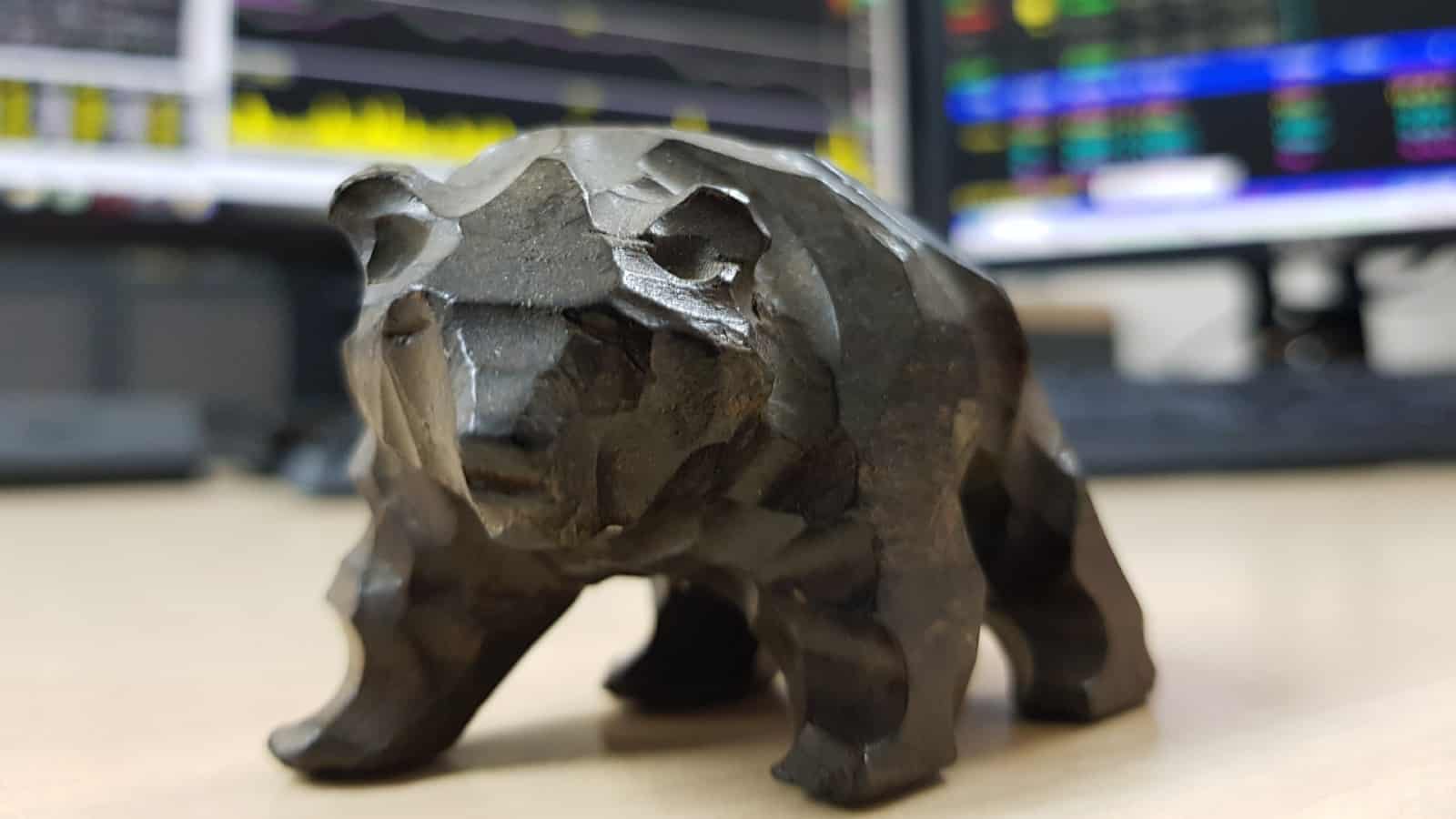The FTSE 250 has now fallen by over 20% from its peak. This means we can properly refer to it as being in ‘bear market’ territory.
From a near-term perspective, this is hardly great news for UK-focused investors like me. However, I’m seeing it as an opportunity to buy high-quality stocks from the mid-tier that could grow my wealth once sentiment (inevitably) reverses.
Here are just two examples, one of which I already own.
Should you invest £1,000 in Softcat Plc right now?
When investing expert Mark Rogers has a stock tip, it can pay to listen. After all, the flagship Motley Fool Share Advisor newsletter he has run for nearly a decade has provided thousands of paying members with top stock recommendations from the UK and US markets. And right now, Mark thinks there are 6 standout stocks that investors should consider buying. Want to see if Softcat Plc made the list?
Greggs
A 46% fall year-to-date for Greggs (LSE: GRG) leaves the shares languishing near their 52-week low.
This fall isn’t completely unsurprising. In May, the company reported higher costs relating to raw materials, energy and staff. It also suggested that consumer incomes will “clearly be under pressure” for the rest of 2022.
In addition to this, some investors may be grieving over the departure of much-admired CEO Roger Whiteside and/or unsure about his replacement, Roisin Currie. The recent train strike hardly helped trading given the number of Greggs sites near or in stations either.
But if there’s a stock that’s only temporarily unpopular, surely it’s this one? Greggs is loved by millions of commuters and shoppers. Once inflation begins to cool, I think we could see a strong recovery in the share price — just as we did when the UK government began easing lockdown restrictions.
The valuation is also pretty compelling. The tumble in 2022 leaves this FTSE 250 member trading at 15 times earnings. For a company that usually generates great returns on the money invested in it by management, that looks very reasonable to me. There’s a 3.5% dividend yield in the offing too.
As frustrating as it has been to see all my post-pandemic profit evaporate in recent months, I need to see this price tumble for what it is: a brilliant chance for me to top up!
Tritax Big Box
Another FTSE 250 constituent I’d be willing to buy today is Tritax Big Box (LSE: BBOX). Unlike Greggs, this is a stock I’ve coveted for what seems like a very long time but not actually snapped up. Unfortunately, the valuation just didn’t appeal. But things are changing.
Tritax shares have also fared worse than the index in 2022 so far — down 26%. This leaves them trading at 25 times earnings. Now, that’s far from cheap. However, at least some of this premium can be justified by its defensive properties.
The Real Estate Investment Trust (REIT) manages logistics assets like warehouses for some of the biggest retailers around. Think Tesco and Next. Based on the ongoing growth of online shopping, demand for what it does should only get stronger. That should mean the dividends keep flowing out to investors. Tritax currently yields 3.7%.
This company would also add some diversification to my portfolio by giving me exposure to a sector I’ve hitherto not had. This can help to lower the overall risk I’m taking. If another stock in an unrelated part of the market (such as Greggs) falls, Tritax may help to mitigate the damage.
This is not to say that Tritax shares won’t continue falling. Lower online sales at retailers could see investors throw out the baby with the bath water. So, perhaps drip-feeding my money into a position here might be psychologically easier (although not necessarily more profitable).








